 /CFP
/CFP
/CFP
From enhancing productivity to fostering sustainable development, artificial intelligence (AI) is fundamentally reshaping the industrial world, emerging as one of the most heated topics globally. At the 2024 Hannover Messe, Germany’s leading industrial trade fair, the overwhelming trend of AI was also apparent, as global industrial leaders converged to showcase cutting-edge products and innovations in the AI arena.
This year’s Hannover Messe, which focused on “energizing a sustainable industry,” kicked off on Monday and ran till Friday, featuring key areas including digitalization, energy transformation, AI, and machine learning.
As one of the world’s largest international events in the industrial sector, Hannover Messe is renowned as the “barometer of world industrial development.” Almost 4,000 exhibitors from around 60 countries and regions participated in this year’s event. Among them, Chinese exhibitors accounted for 30 percent of the participants, second only to the host Germany, according to the organizer.
“Innovation, the desire to develop new things, is what one feels here,” said German Chancellor Olaf Scholz at the fair. “AI could be found in even the smallest products.”
Jonas Gahr Store, prime minister of Norway, this year’s partner country, was also impressed, saying that “many of the things that we have seen here today would have been science fiction if introduced five years ago.”
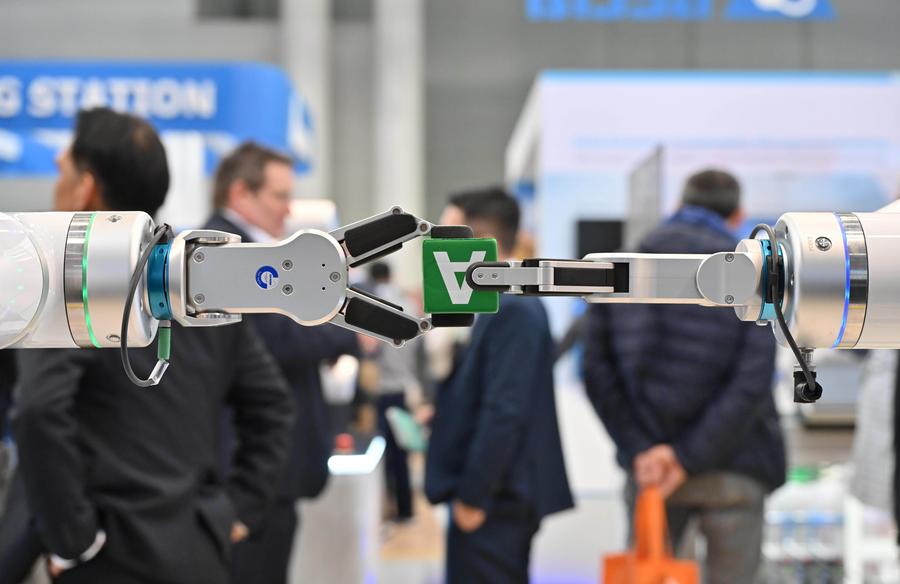 Robots transfer an item at Hannover Messe 2024 in Hannover, Germany, April 23, 2024. /Xinhua
Robots transfer an item at Hannover Messe 2024 in Hannover, Germany, April 23, 2024. /Xinhua
Robots transfer an item at Hannover Messe 2024 in Hannover, Germany, April 23, 2024. /Xinhua
At Hannover Messe 2024, Siemens presented the first generative AI product for engineering in an industrial environment. The Siemens Industrial Copilot, the generative AI-powered assistant, is now seamlessly connected to the Totally Integrated Automation Portal.
According to the company, with the new launch, the engineering of complex tasks will become less susceptible to errors. “This in turn reduces development times and boosts quality and productivity over the long term,” said Eric Scepanski, a technical expert with Siemens. “With the Industrial Copilot, we will augment different people along the whole value chain, from design to planning, to engineering, to operations.”
He further elaborated that by inputting requirements, the Industrial Copilot can swiftly generate an optimal solution within a matter of minutes. “This technological advancement will significantly address the shortage of skilled personnel while enhancing production efficiency,” he said.
“AI can become something like man’s best friend in the industrial world, where the Copilot is always at your side in a new era of human-machine collaboration. It helps us relieve ourselves of monotonous tasks so that we can concentrate on what is important. It helps us discover errors and find better solutions for them much faster,” said Cedrik Neike, member of the Managing Board of Siemens AG and CEO of the company’s digital industries division.
“AI has the potential to give people without technical know-how the chance to contribute with their ideas. It’s about building smarter applications with just a few clicks,” he said.
Neike said he is convinced that thanks to AI, people will be able to concentrate much more on developing ideas, thus improving products and production. “This will accelerate in the coming years.”
Gu Yue, vice president and head of Marketing, China and East Asia Operations of Schneider Electric, said, “Previously, if we encountered an issue at one link, we would halt all production lines, potentially reducing overall production capacity.”
“However, with the aid of AI technology now, we can address these issues efficiently. Simple actions such as drag-and-drop operations allow for fast and flexible segmentation without the need to rewrite code,” he said.
 People look at a self-driving shuttle bus at Hannover Messe 2024 in Hannover, Germany, April 23, 2024. /Xinhua
People look at a self-driving shuttle bus at Hannover Messe 2024 in Hannover, Germany, April 23, 2024. /Xinhua
People look at a self-driving shuttle bus at Hannover Messe 2024 in Hannover, Germany, April 23, 2024. /Xinhua
A technology expert at the trade fair said that 6G will become “the basis for the next industrial revolution.”
Frank Burkhardt, from the Fraunhofer Institute for Integrated Circuits IIS (Fraunhofer IIS), said that 6G technology means those working in factories will be able to perform tasks which are currently “undreamed of.”
Experts believe the next generation of network technology will bring industrial manufacturing to a new high level.
According to Germany’s 6G Research and Innovation Cluster (6G-RIC), which showcased its progress at the trade fair, key technical innovation areas of 6G should include addressing the bandwidth limitations of existing infrastructure, and making large-scale networks able to connect a wide variety of devices.
AI and computing infrastructure in the network will play more critical roles in 6G, said 6G-RIC researcher Johannes Dommel at the event.
More sensors, data and computing capabilities will be available for the industry in the next-generation network, Dommel underlined. “I think 6G will provide the answers for the increasing trends in data and devices.”
Research engineer Marius Schmitz from the University of Kaiserslautern-Landau said that 5G technology already offers a strong network in terms of latency, data rate and reliability, but it cannot serve as one network for all purposes.
“In our vision, 6G could be a more versatile network that can fit into a bigger number of different applications simultaneously,” Schmitz said. However, it is currently unknown when 6G will be put into practical use, he added. “The standardization process of 6G could take a long time.”
While 5G paved the way for the development of cellular communication, 6G brings it to the next level, said senior technology architect from Belden, Christian Bauer, during the trade fair.
Whether in ports, mining or manufacturing, industrial requirements will not only be met but surpassed using 6G, he said. However, he added: “From my point of view, it’s a marathon, not a sprint.”
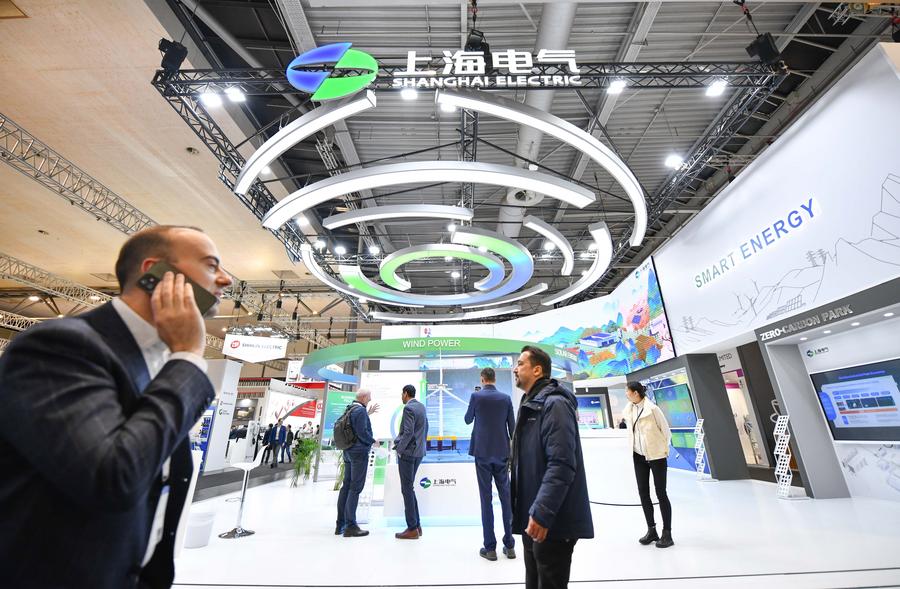 People walk past the booth of Shanghai Electric Group Co., Ltd. at Hannover Messe 2024 in Hannover, Germany, April 23, 2024. /Xinhua
People walk past the booth of Shanghai Electric Group Co., Ltd. at Hannover Messe 2024 in Hannover, Germany, April 23, 2024. /Xinhua
People walk past the booth of Shanghai Electric Group Co., Ltd. at Hannover Messe 2024 in Hannover, Germany, April 23, 2024. /Xinhua
Established in 1947, the Hannover Messe is known as one of the leading industrial trade fairs worldwide.
This year’s trade fair also featured more than 500 exhibitors from the hydrogen and fuel cell industry, presenting their energy solution innovations.
At the opening ceremony of the trade affair, German Chancellor Olaf Scholz said that the skyrocketing energy prices in the past few years have taken a massive toll on Germany’s economy, although wholesale prices for gas and electricity have recently returned to the pre-energy crisis levels.
He noted that the contribution of German industries to economic growth and employment remains unbroken even during the energy transformation.
“The key to transformation is to produce more electricity in a climate-friendly manner and at an affordable price,” said Scholz, adding that the government would strive to produce 80 percent of electricity from renewable solar and wind energy.
(With input from Xinhua)
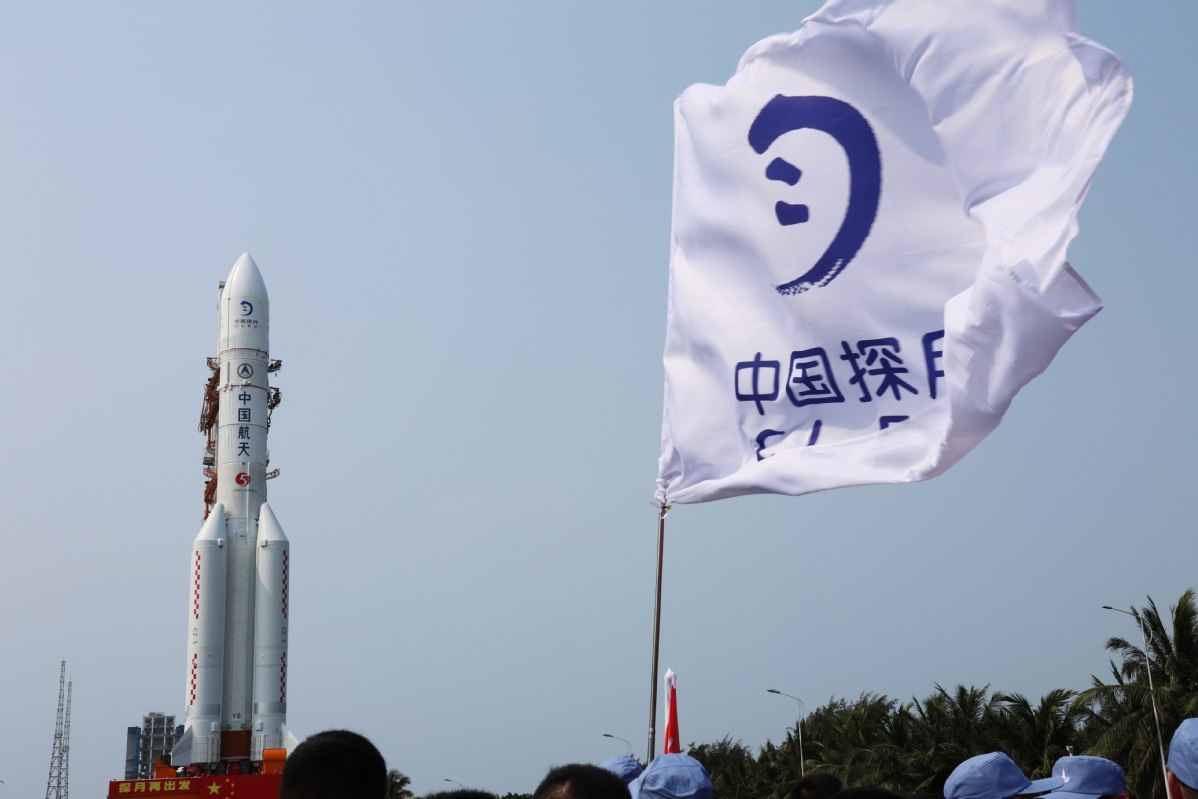 The Chang’e 6 probe atop a Long March 5 carrier rocket is transported to the launch site in Wenchang, Hainan province. [Photo/Provided to chinadaily.com.cn]
The Chang’e 6 probe atop a Long March 5 carrier rocket is transported to the launch site in Wenchang, Hainan province. [Photo/Provided to chinadaily.com.cn] 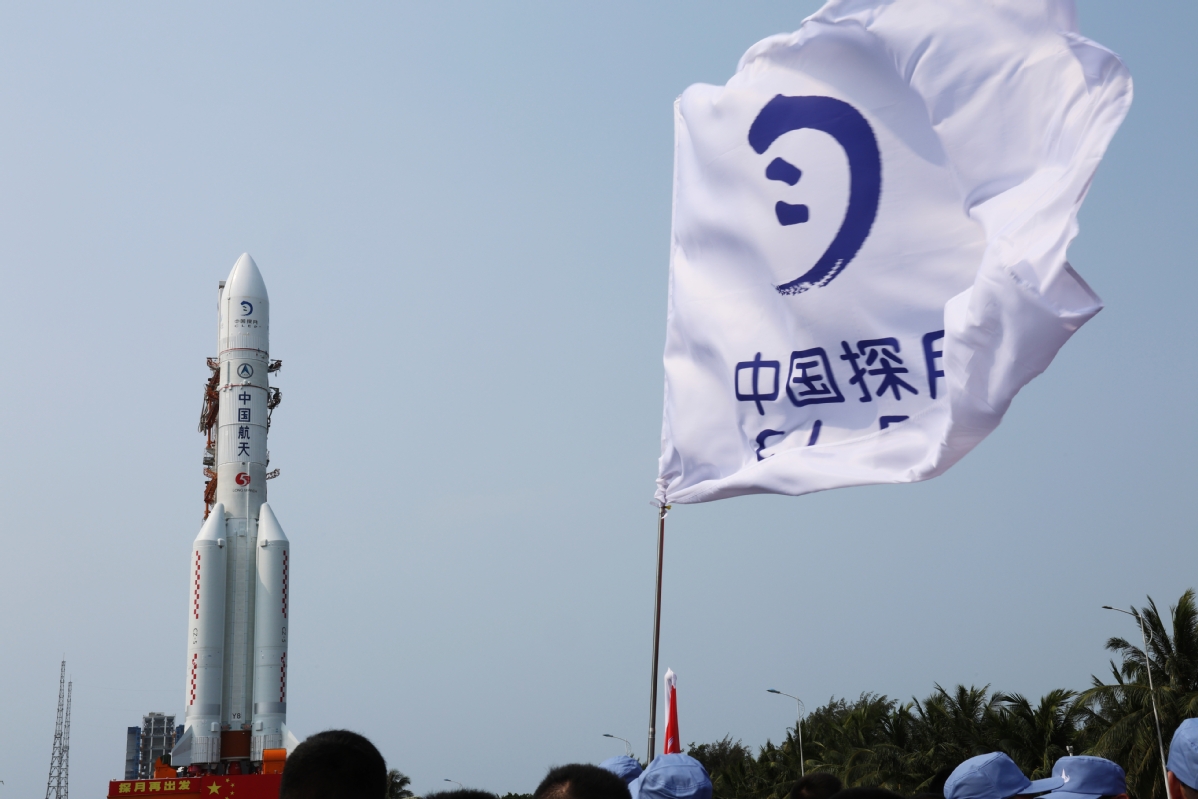
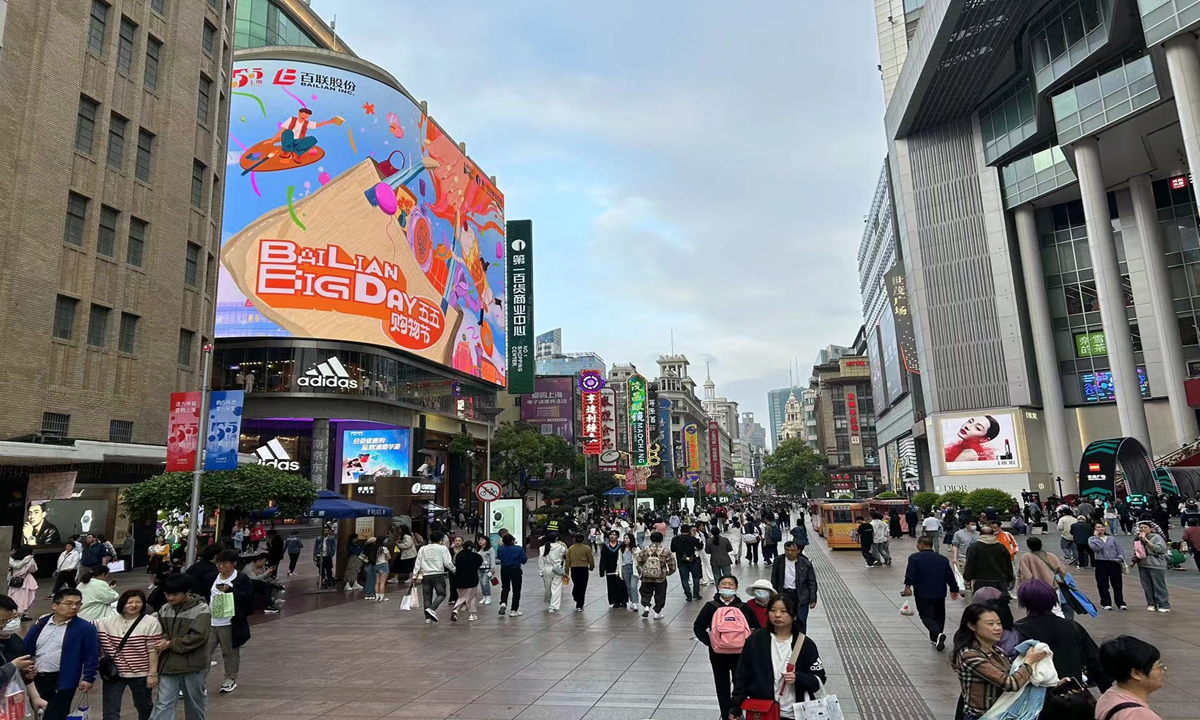
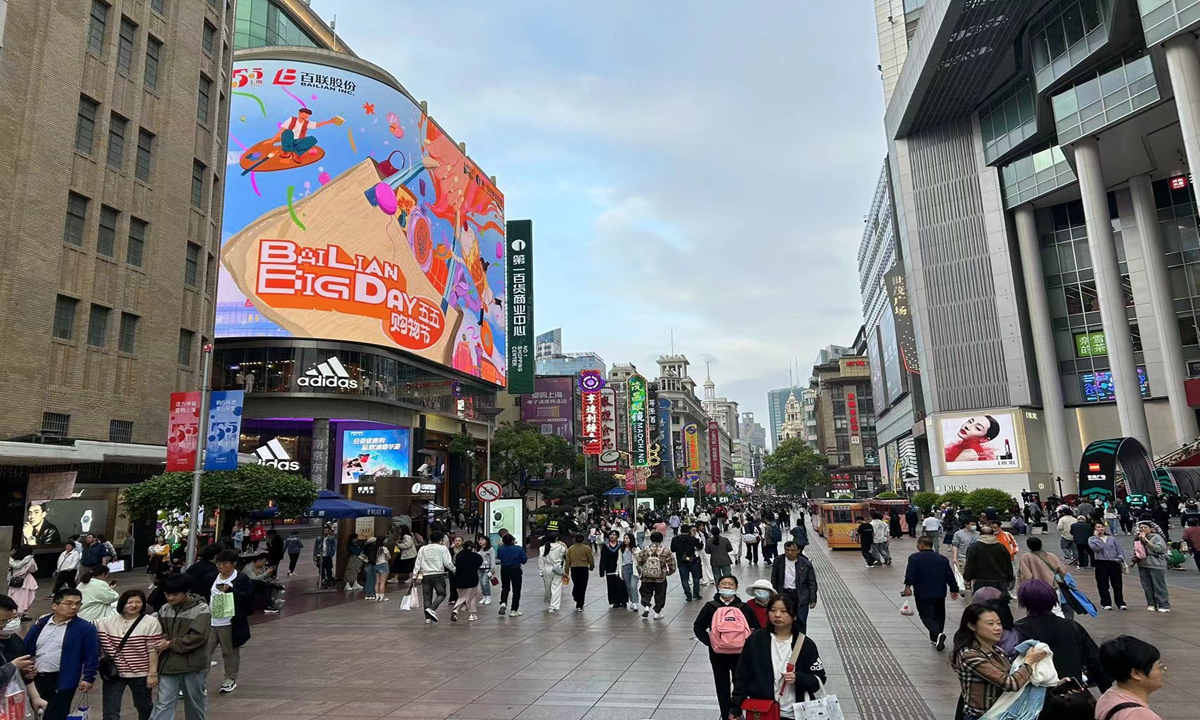

 /CFP
/CFP  Robots transfer an item at Hannover Messe 2024 in Hannover, Germany, April 23, 2024. /Xinhua
Robots transfer an item at Hannover Messe 2024 in Hannover, Germany, April 23, 2024. /Xinhua  People look at a self-driving shuttle bus at Hannover Messe 2024 in Hannover, Germany, April 23, 2024. /Xinhua
People look at a self-driving shuttle bus at Hannover Messe 2024 in Hannover, Germany, April 23, 2024. /Xinhua  People walk past the booth of Shanghai Electric Group Co., Ltd. at Hannover Messe 2024 in Hannover, Germany, April 23, 2024. /Xinhua
People walk past the booth of Shanghai Electric Group Co., Ltd. at Hannover Messe 2024 in Hannover, Germany, April 23, 2024. /Xinhua 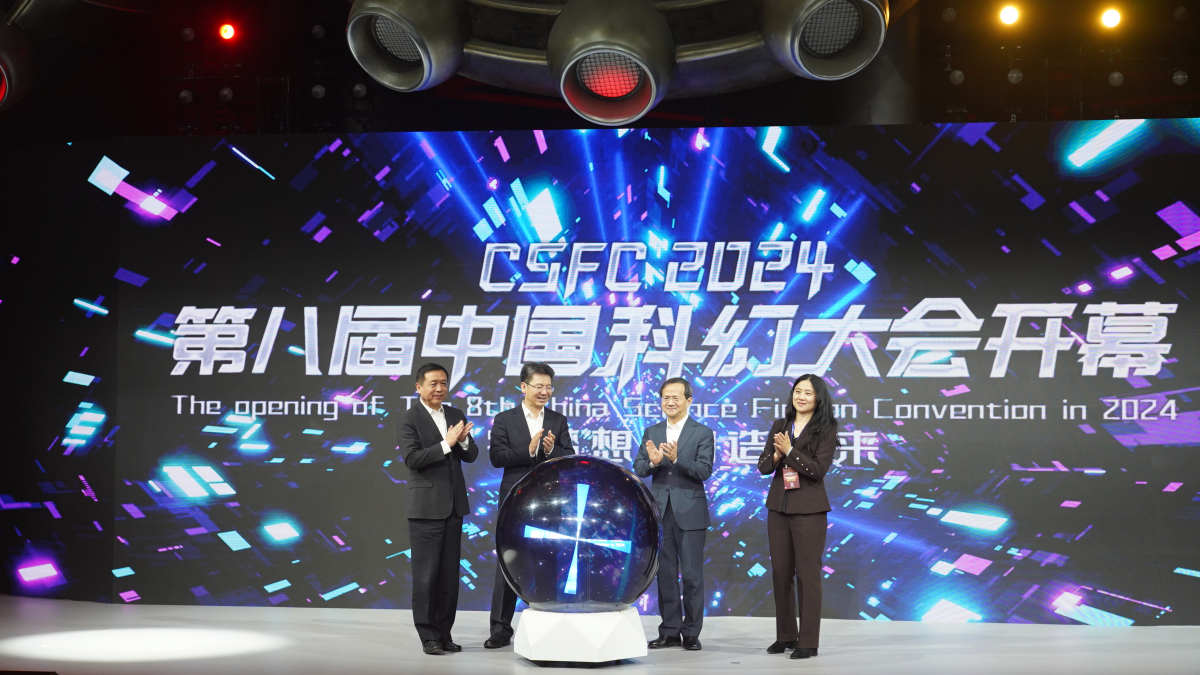
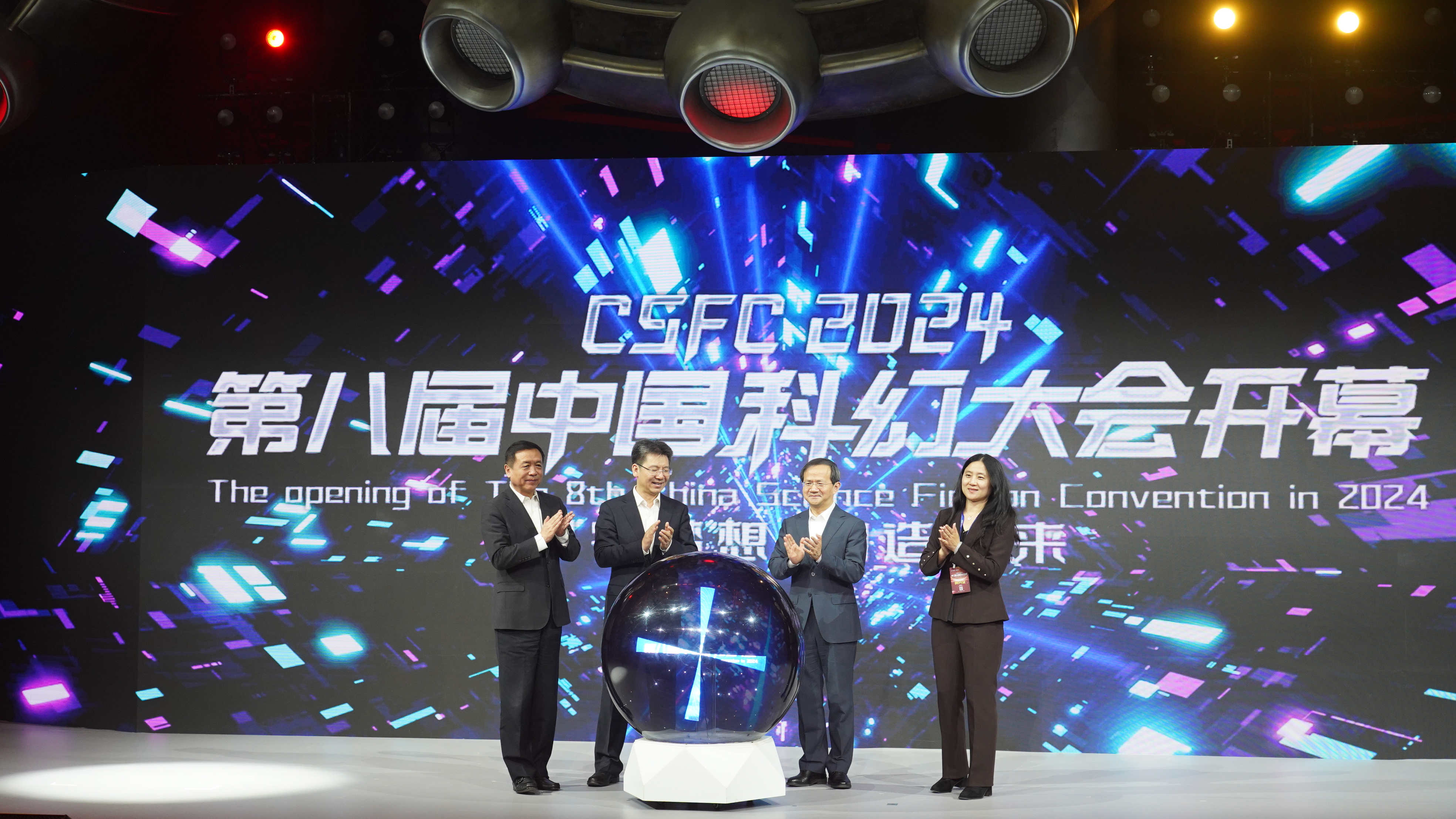 The opening ceremony of the eighth China Science Fiction Convention in Beijing, China, April 27, 2024. /CGTN
The opening ceremony of the eighth China Science Fiction Convention in Beijing, China, April 27, 2024. /CGTN 


 Scenes from Chinese dance drama,
Scenes from Chinese dance drama,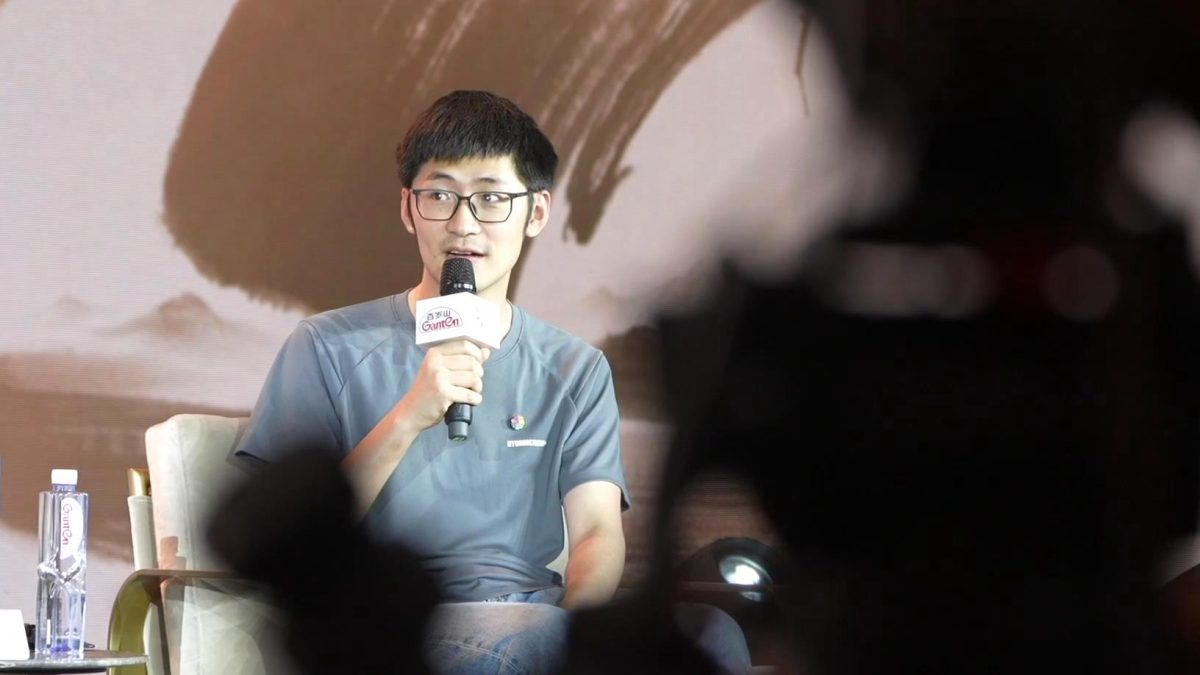
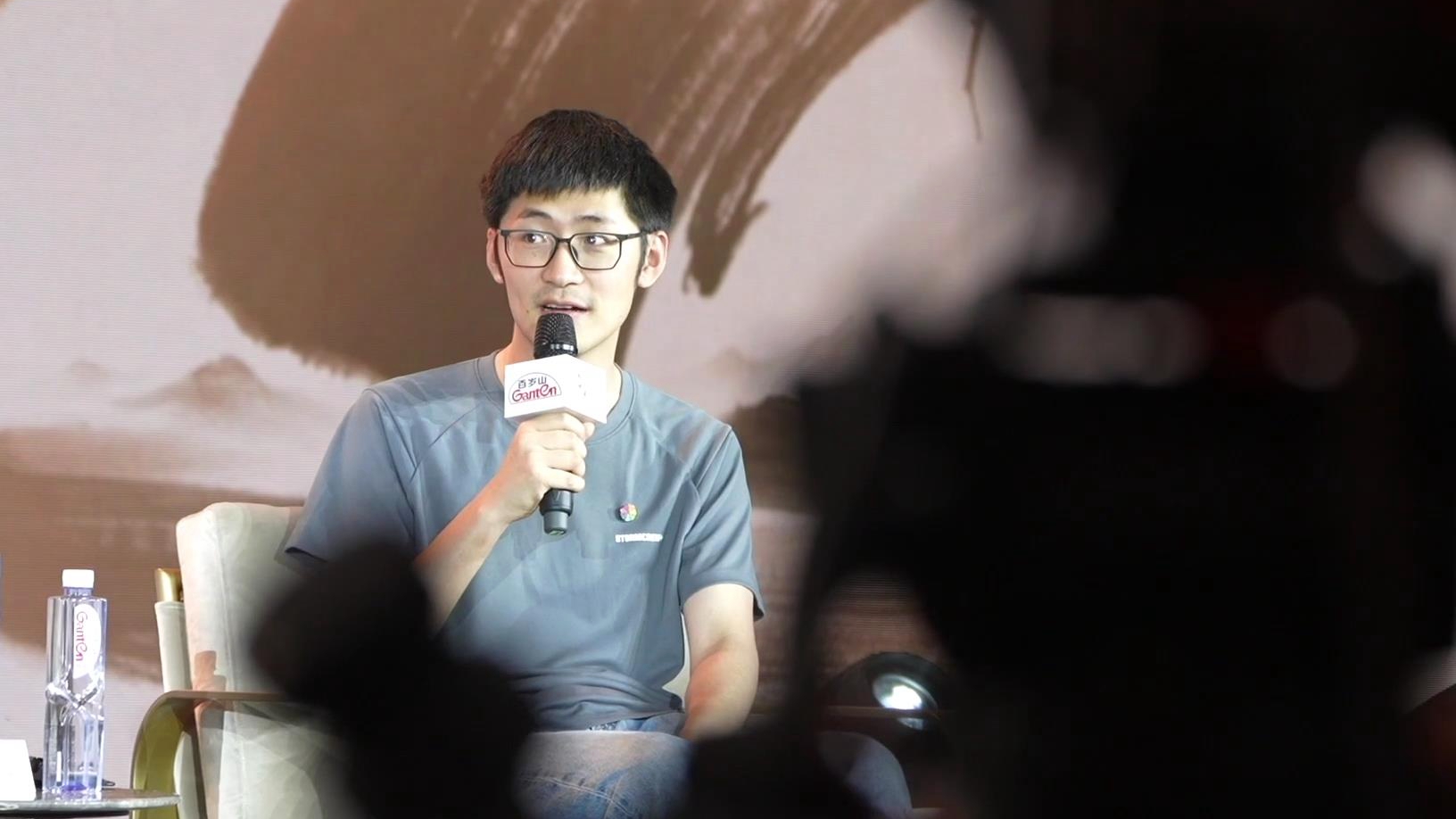

 Hong Xi, born in August 2016. /CFP
Hong Xi, born in August 2016. /CFP  Man Lan, born in August 2017. /CFP
Man Lan, born in August 2017. /CFP  Jia Bao, born in August 2018. /CFP
Jia Bao, born in August 2018. /CFP  Man Man, born in September 2018. /CFP
Man Man, born in September 2018. /CFP 


